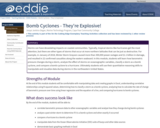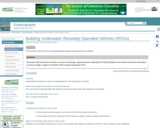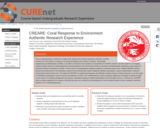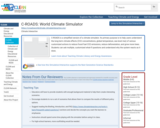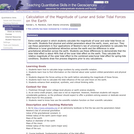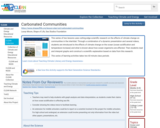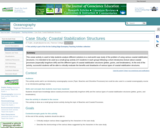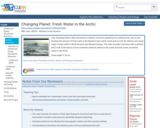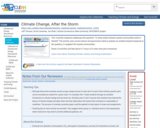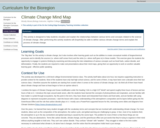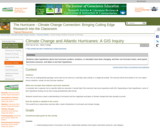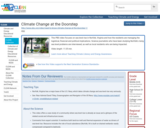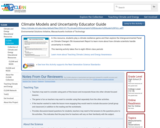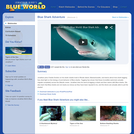
In this video, Jonathan joins Charlie Donilon on his shark charter boat in Rhode Island, Massachusetts, and learns about how shark tagging has shed light on the biology of and behavior of Blue sharks. Tagging has shown that these incredible swimmers actually migrate completely across the Atlantic ocean. Jonathan tries his hand at tagging a shark and then swims with Blue sharks. We also learn that Blue sharks are not nearly as vicious as they have been reputed to be, and the divers are actually able to pet the sharks! Please see the accompanying study guide for educational objectives and discussion points.
- Subject:
- Applied Science
- Ecology
- Forestry and Agriculture
- Geoscience
- History
- History, Law, Politics
- Life Science
- Oceanography
- Physical Science
- Technology
- Material Type:
- Activity/Lab
- Diagram/Illustration
- Lesson Plan
- Provider:
- Jonathan Bird's Blue World
- Provider Set:
- Jonathan Bird's Blue World
- Author:
- Jonathan Bird Productions
- Oceanic Research Group
- Date Added:
- 03/01/2007
